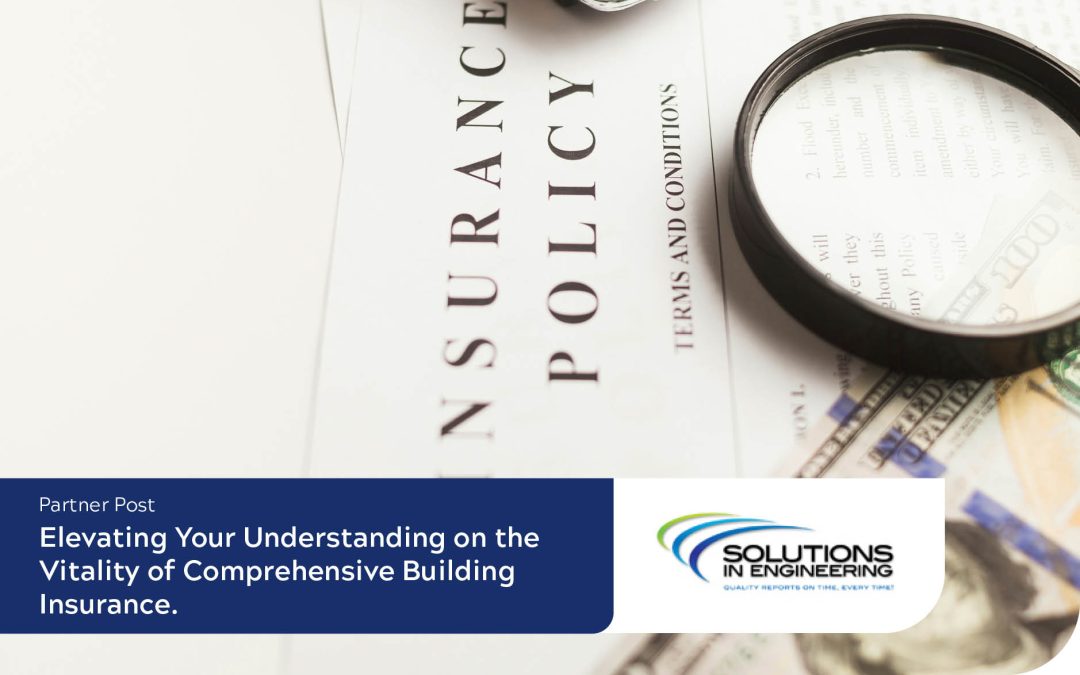Queenslanders are recognising the paramount importance of comprehensive building insurance, particularly in the context of severe weather conditions. Securing an accurate building insurance valuation is not just a legal necessity but a crucial step in safeguarding the financial stability of strata schemes. This article highlights recent extreme weather events in Queensland, such as storms in the Gold Coast and Cyclone Jasper in Far North Queensland, underscoring the pressing need for adequate insurance coverage.
Under section 197 of the Body Corporate and Community Management (Standard Module) Regulation 2020, the body corporate of a scheme must insure the common property and the body corporate assets for their full replacement value. Insurance taken out by the body corporate under this provision must cover damage to the property, the cost of removing debris, professional adviser fees, and the cost of reinstating the building to its condition when new.
Section 200 of the Regulations states that “the body corporate must, at least every 5 years, obtain an independent valuation stating the full replacement value of the building or buildings.” The owner of each lot in the scheme is liable to pay a contribution levied by the body corporate.
There are countless reasons why it is imperative for strata schemes to get their building valued by a quantity surveyor or registered valuer to ensure they are adequately insured. Not only does an accurate insurance valuation comply with strata laws and regulations, it contributes to the financial stability of the scheme and protects the property value. In the event of a claim, having proper coverage reduces the financial burden on individual owners, preventing the need for special levies or strata loans.
Insurance valuations are particularly relevant in Queensland during storm season. Extreme weather events in late 2023 in the Gold Coast left 130,000 people without power and damaged more than 3,200 structures. Of these damaged structures, 145 were severely damaged houses and 10 were completely destroyed. More than 28,000 insurance claims were lodged in South East Queensland following the disasters. The Insurance Council of Australia has been receiving 3,000 new claims each day since the small tornado hit the Gold Coast.
Far North Queensland was also hit with harsh weather conditions in late 2023 as Cyclone Jasper caused damage to countless homes. Within a week of record rain and flooding, over 3,000 insurance claims were made. Storms and flooding left many people with no place to live, causing them to rely on their insurer to fund temporary accommodation.
At Solutions in Engineering, we have supplied over 1.7 million compliance reports across our 40 years in the industry. We find that many schemes are chronically underinsured and do not have sufficient cover to ensure full replacement costs can be met. Schemes lacking comprehensive insurance which do not meet legislative requirements, often do not realise they are underinsured until a disaster strikes. Where there is a significant excess in an insurance claim, lot owners will have to dip into their own pockets to make up the shortfall.
An insurance shortfall frequently arises when body corporate committees opt to trim expenses through levy reductions. While cutting corners on comprehensive insurance may offer a quick and seemingly easy way for committees to save money, the long-term consequences can lead to substantial costs outweighing the initial savings.
